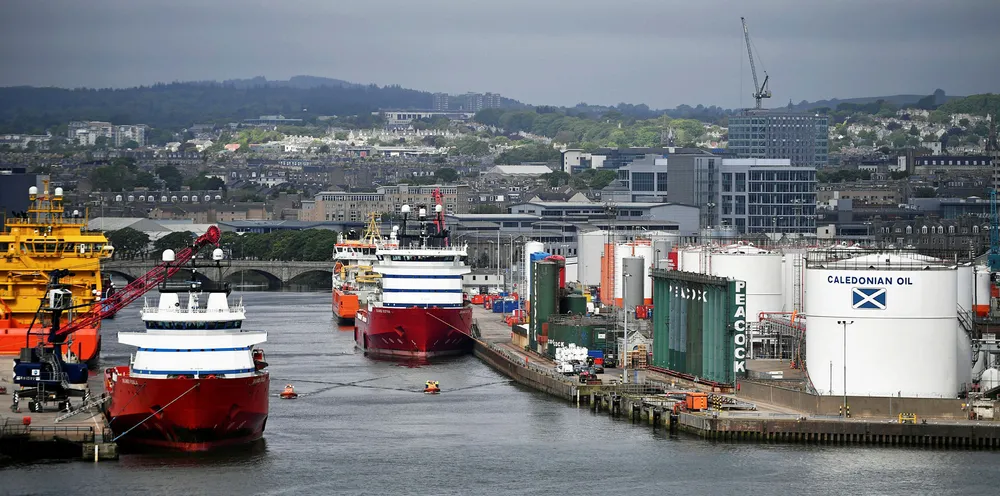UK offshore wind green hydrogen boom 'can match best years of North Sea oil'
'Limitless' potential for wind at sea means Britain well set to export key energy transition fuel to meet demand in Europe, says study

'Limitless' potential for wind at sea means Britain well set to export key energy transition fuel to meet demand in Europe, says study
